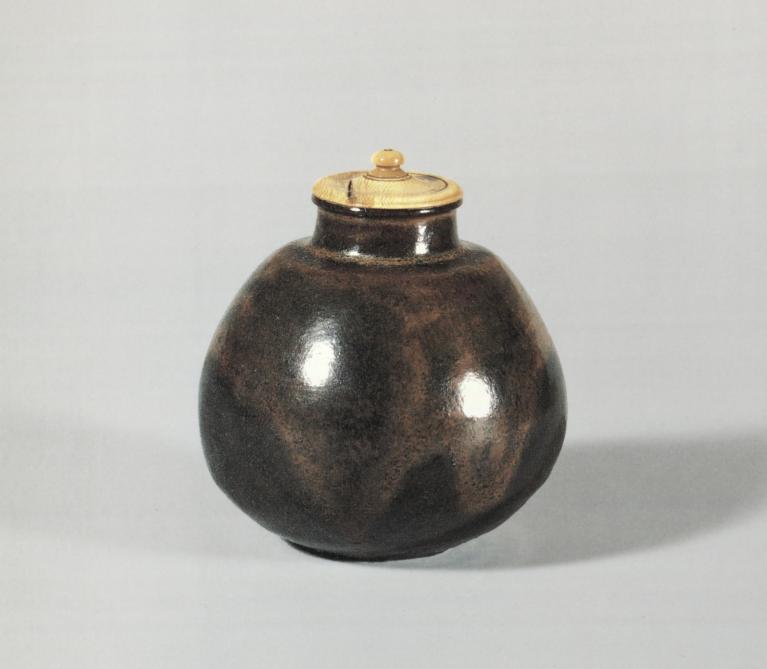Lectures
One of the tasks of art historians is to reflect on the cultural categories used in their discipline. These three lectures will investigate meibutsu, a key word in the Japanese lexicon, with the aim of illuminating how it has been implicated in the formation of that country’s artistic canon. Meibutsu, literally, “famous things” or “things with a personal name,” have been examined narrowly as they relate to ways of perceiving, ordering, and interpreting specific objects in tea culture or as a form of commodity branding, but the broader cultural work that they carry out has not been addressed critically and systematically in an interdisciplinary framework. Meibutsu is a socially constructed organizing principle that gives things meaning and value beyond their materiality through connotations of excellence and spatio-temporal associations. Objects so designated range from exemplary paintings, calligraphy, and ceramics to regional crafts made of locally sourced raw materials. Over the course of the Tokugawa period (1615–1867), even as individual arbiters of taste deployed this classification to single out artistic rarities, its applications spread to popular commodities through commercial print culture. The lectures will focus on the construction and dynamics of meibutsu and how their legacy informs the cultural specificity of Japan’s modern canon of National Treasures.
Works of art designated meibutsu, “famous things” or “things with a personal name,” hold a critical place in the formation of Japan’s artistic canon. This lecture explores the meaning, development, and applications of this concept from the late fifteenth through the eighteenth century in the context of art collecting and the tea ceremony.
The term meibutsu was also used to refer to outstanding regional products, a usage that became especially widespread in the eighteenth and nineteenth centuries. This lecture will focus on this genre of meibutsu and their significance in the development of a national awareness of and market for crafts made of lacquer, ceramic, bamboo, and other locally sourced materials.
Japan designates works of outstanding historical or cultural significance as National Treasures, and individuals who possess traditional craft skills as holders of Intangible Cultural Property or, more popularly, Living National Treasures. This lecture examines how meibutsu inform this classification system.
Cosponsored by the Princeton University Art Museum
